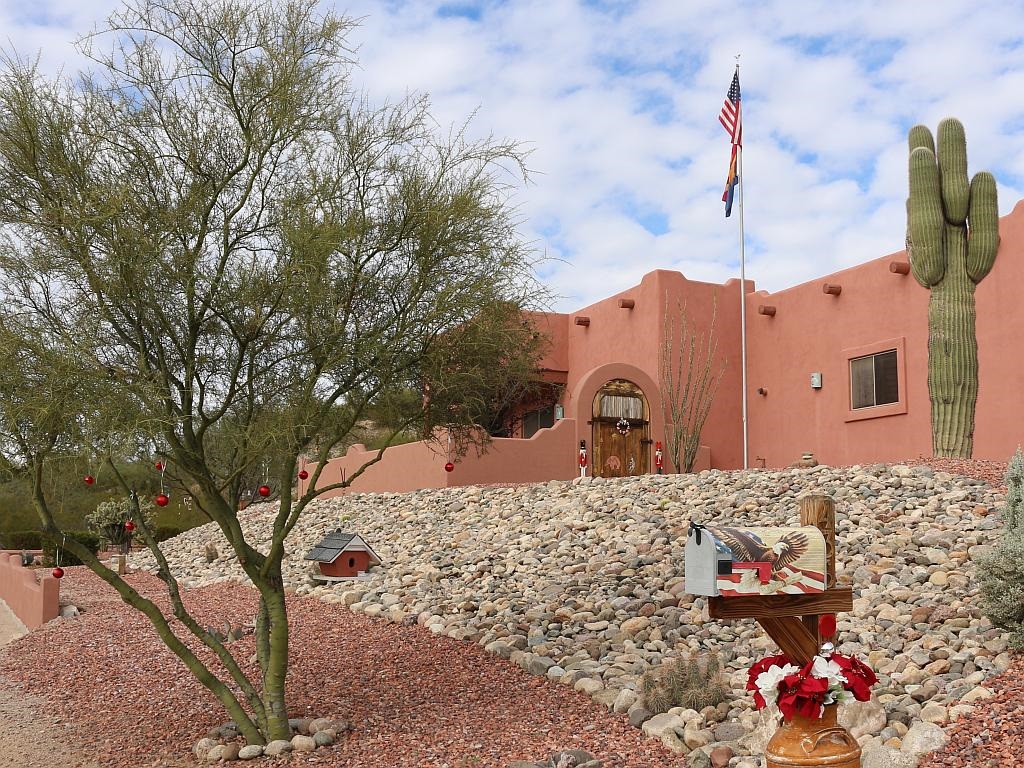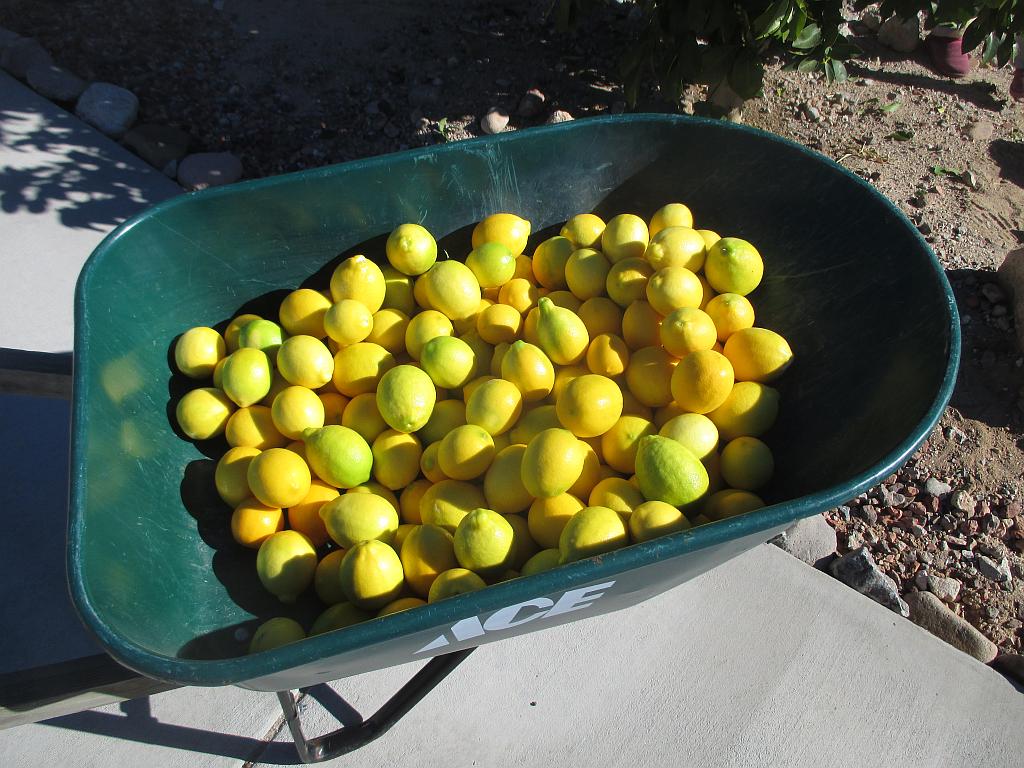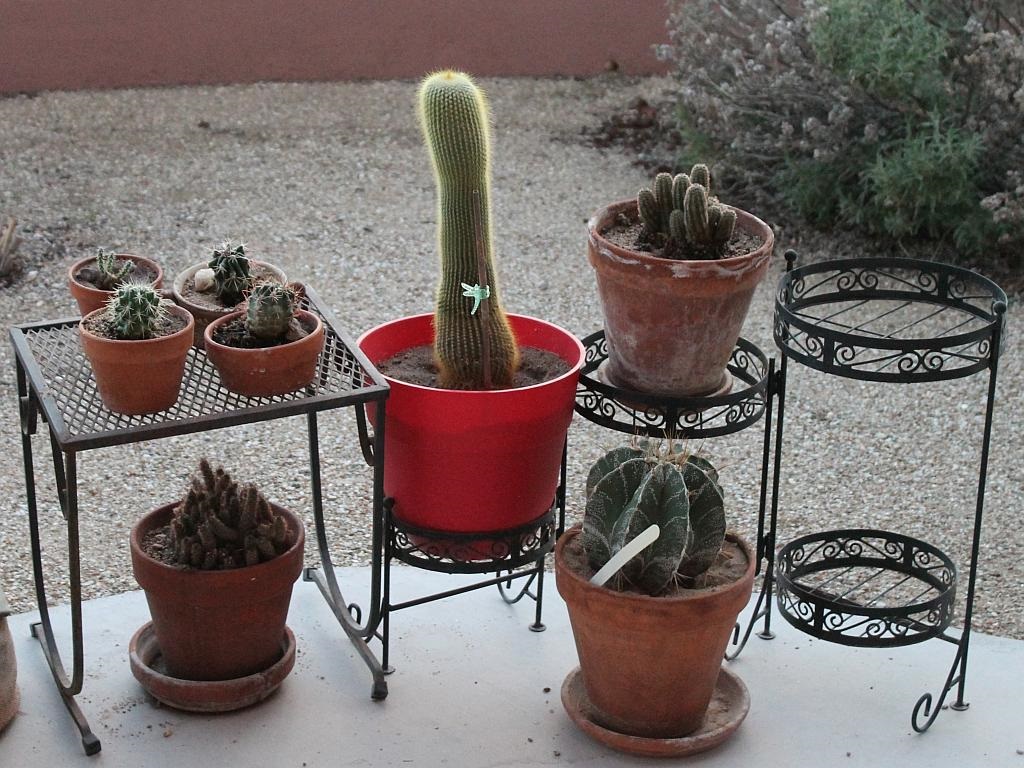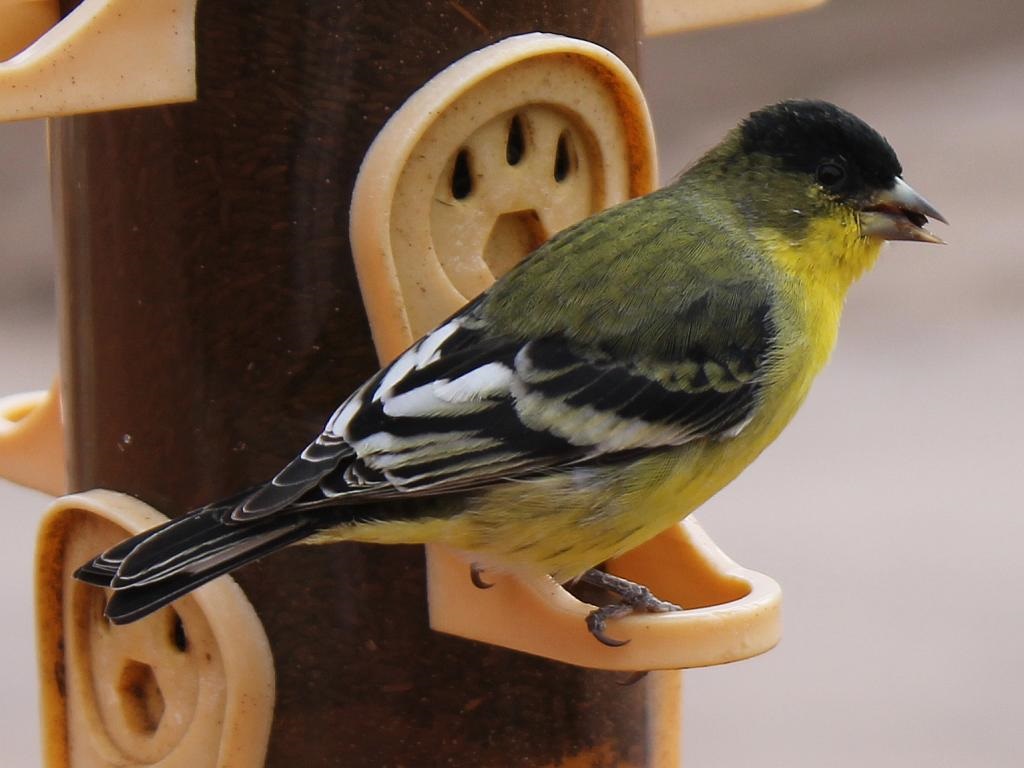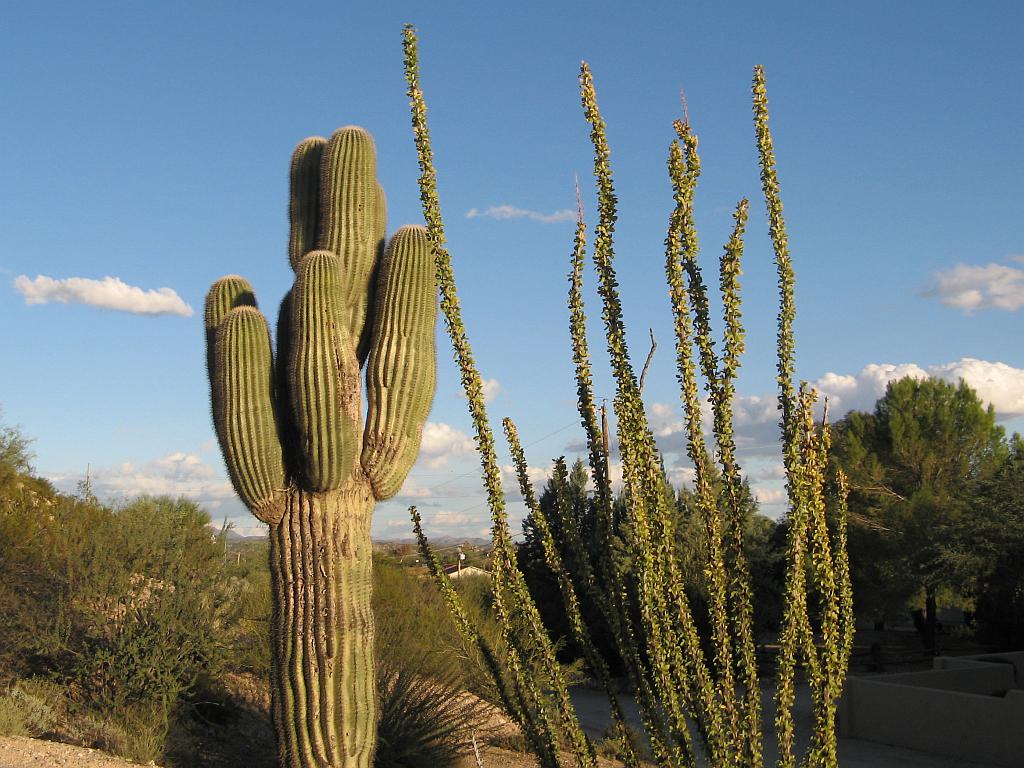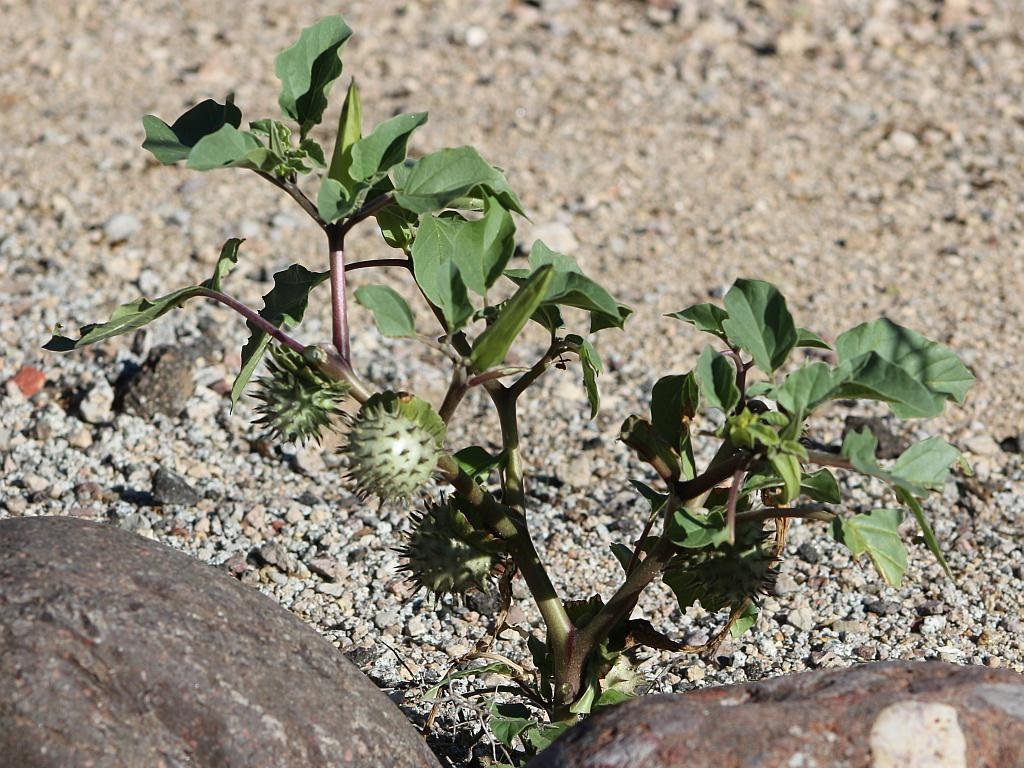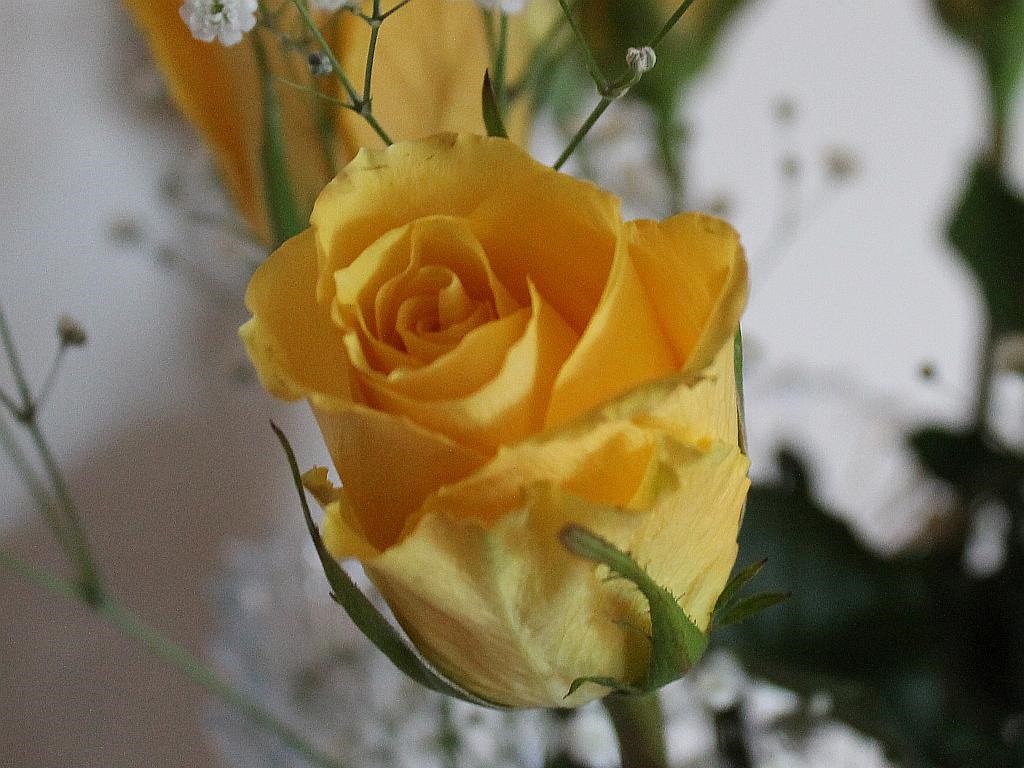
Today was a busy day for us. Actually, the whole week has been an entire disruption to our peaceful little retirement routine. Monday, I went to the dentist for my regular cleaning and check-up and the exam showed I had a broken molar that should be crowned. Wasting no time, I went back in on Tuesday to get that work done. Wednesday, we took a trip down to the northwest Phoenix metro area to do some shopping and what not. All the while under stormy skies. I think this might be a record-setting October for rainfall in recent years.
Back to today – we went grocery shopping for our coming weekend meal preparation (the whole week, actually) and afterward, we both had appointments with the dermatologist. The “derm” eradicated several skin lesions on each of us with oversized Q-tips dipped in liquid nitrogen. He did not find anything that could be considered a health risk like skin cancer, but he did say to come back every six months or so for a check-up. Too many years in the desert sun without sunscreen (not available in our youth) takes its toll.
The stormy weather cleared up today and we got considerable sunshine as we went about our business. The yellow roses in the flower concession were beautiful and I now have a dozen in the vase on the sofa table. Click on the image to enlarge.

